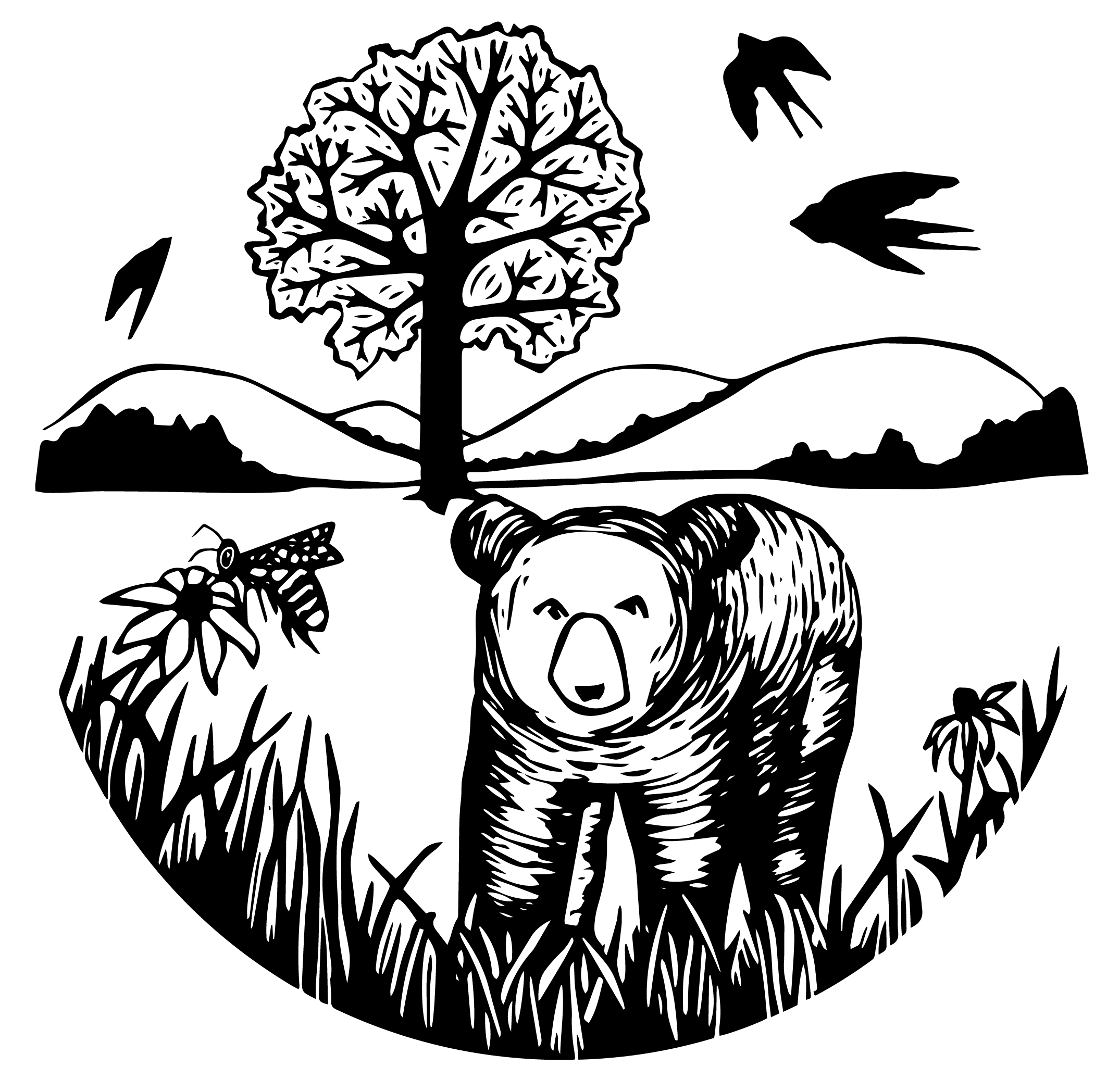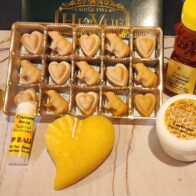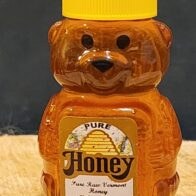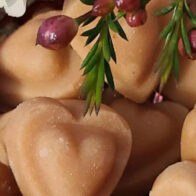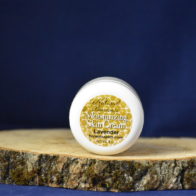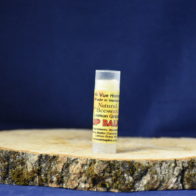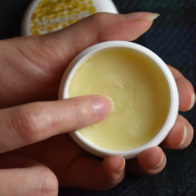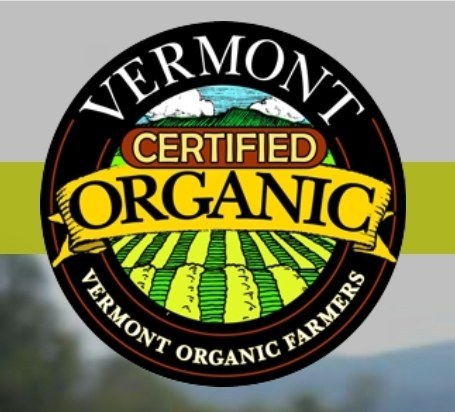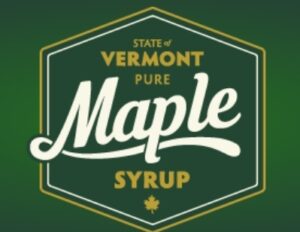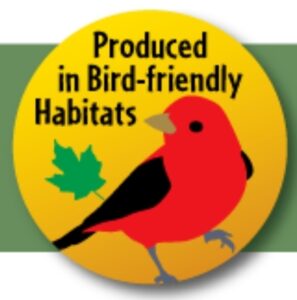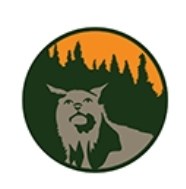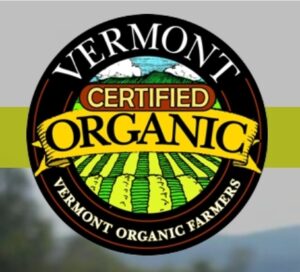All those labels! Vermont Maple Sugar Makers, Vermont Organic Farmers, Bird Friendly Maple! What are all the labels and logos we have on our Maple Syrup and Maple Goods?
We’re in the process of changing to newer updated name labels – along the way we have lots of logos associated with our Maple Syrup. Here’s a brief rundown on what some of them mean. I would love an email or phone call if you have more questions about anything!
VMSMA
Vermont Maple Sugar Makers Association was established in 1893
We have been a long standing member of the Maple Association. VMSMA works to promote and protect the branding of Vermont Maple Syrup and Maple products. The goal is to maintain the quality and high standards expected of Real Pure Vermont Maple Syrup.
Bird Friendly Maple
Maple sugarbushes provide nesting habitat for a diversity of songbirds. Some species have more than 50% of their global breeding population in the northeastern forest.
We maintain a current Forest Management Plan (FMP), part of which entails enhancing and/or protecting songbird habitats
We don’t harvest any trees for firewood or logs from May – July which is bird nesting season
The sugarbush is at least 100 acres of contiguous forest block (we have 400+ total). This maintains interior forest conditions in regards to nesting zones
We aim for at least 25% tree diversity in the sugarbush (not a mono-culture maple forest). The additional 200 acres of non sugarbush has only about 25% maple on it. To name a few other species – we have black cherry, 5 types of poplar, hemlock, apple, birch and beech.
Within the sugarbush (about 200 acres) we retain as much of the undergrowth as possible. This is ideal nesting for many warbler species, as well as, critical feeding and hiding habitat for many species. In the other 200 acres, we have actively created 2 bird habitats – a 2 acre and a 5 acre lot where we are changing the canopy levels and increasing understory growth to increase songbird diversity. @audubonvermont
Carbon Offset Farm
This exciting carbon offset project includes Hi Vue Farms and 10 other landowners in the Cold Hollow Mountain Range in northern Vermont. This carbon offset project is a partnership with fellow landowners to create a large block of forest that offers carbon offsets. The Vermont Landtrust and Cold Hollow to Canada were instrumental in developing this opportunity for the landowners.
Above and beyond our individual FMP (Forest Management Plans), or any other programs (Bird Friendly and Vermont Organic), the landowners in this group are agreeing to more stringent guidelines for harvesting and managing our forest. We pledge to retain the carbon stocking levels they currently produce and in some cases we are working to increase the carbon stocking.
These carbon credits are sold as Voluntary Carbon credits. Overall what it means is we are retaining a large block of contiguous or nearly contiguous forest intact for a minimum of 40 years. We’re making a huge lifetime (and into the next generation’s lifetime) commitment to the lands we love.
Vermont Organic Farmers
We are now Certified Organic! The Vermont Organic Farmers “believes that organic production enhances soil, plant, animal and human health to protect the environment for current and future generations.”
Guidelines
Cannot be a mono-culture sugarbush, does not use herbicides, pesticides or synthetic fertilizers in their sugarbush
Maintains a Forest Management Plan (FMP). An FMP is created by our forester every 10 years and is a booklet containing the silviculture and harvesting plans for our sugarbush. It’s an in depth booklet about types of trees shrubs and age and diversity of our forest. They look for invasive species and teaches us how to harvest trees for the best long term outcome to maintain a healthy forest.
We will create and protect the forest for wildlife and songbird habitats.
We actively maintain our forest roads to ensure we don’t have water runoff that effects water quality.
In addition, there are specific guidelines for the size of the trees we tap. The length of the dropline (piece of tubing from the lateral line to the tree) we use. The spouts have to be pulled within 60 days of the end of the season. We’ve been following these guidelines for years just because it makes for healthier trees long term.
In the sugarhouse the only change we made was to an organic certified defoamer for when we are boiling. Plus more paperwork.
We’ve always striven to produce quality (and great tasting) maple syrup while maintaining a healthy forest and Eco-system – now we can put a label on it!
